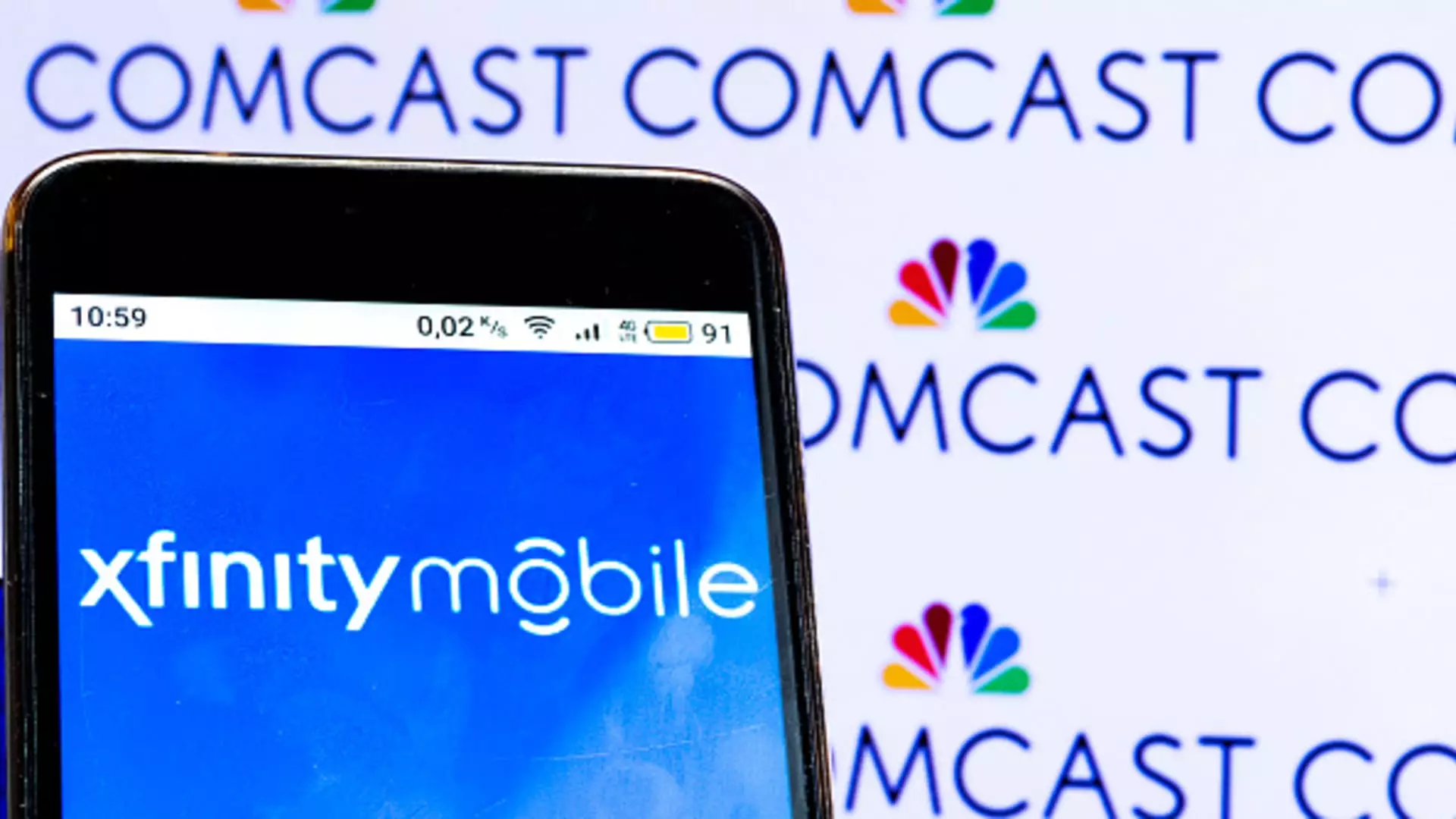The announcement of the rebranding of the Wells Fargo Center to the Xfinity Mobile Arena is more than just a name change; it’s a declaration of ambition and strategic maneuvering in a shifting economic landscape. Beginning this September, sports enthusiasts and casual attendees alike will experience a new identity for a venue that’s been a staple of South Philadelphia since 1996. While some might see naming rights as a mere commercial transaction, in this instance, it represents a powerful convergence of sports, technology, and modern brand advocacy.
The Rise of Xfinity Mobile
In an era where traditional cable business models are floundering, Comcast’s move to rename its flagship arena comes at a pivotal moment. With the launch of Xfinity Mobile in 2017, the company has begun to reinvent its image. By tying this venture to the sports arena, they are not just promoting a brand; they are positioning themselves against industry titans like AT&T and Verizon. The recent surge in Xfinity Mobile customers—323,000 added lines in the first quarter—shows that audiences are responding favorably, making this renaming optimal for brand momentum.
A Technological Edge for Fans
However, the transformation of the Wells Fargo Center into the Xfinity Mobile Arena goes beyond just branding; it speaks volumes about the elevation of the fan experience. With plans to upgrade to Xfinity Mobile’s Wi-Fi service, fans will receive a practical benefit that enhances their visit. It’s an acknowledgment that a modern sports environment isn’t just about the game anymore; it’s also about connectivity and engagement, an imperative in our digitally connected lives. This approach is a savvy way to enhance customer loyalty while simultaneously creating an arena that feels alive and integrated with the technological landscape.
The Economic Factors at Play
But why is this rebranding important for local and national economics? Comcast has been transparent in its desire to shift focus towards its growing mobile segment, indicating that traditional revenue streams are no longer sufficient. The $400 million renovation project of the arena is evidence enough that significant resources are being poured into creating a profitable juxtaposition of sport and technology. This is a calculated risk: by investing in infrastructure and branding now, Comcast positions itself to reap benefits in an increasingly competitive space.
The Fan Experience as a Marketing Tool
Comcast’s commitment to excellence is also a nod to its audience. By emphasizing that “Philadelphia is home to the most passionate fans in the country,” Comcast is not just appealing to local pride—it’s tapping into a broader narrative about what sports mean in American culture. Sports arenas have historically served as more than venues; they are sanctuaries for community, identity, and familial bonds. Positioning Xfinity Mobile within this context is smart marketing, acknowledging that fans are not passive consumers but active participants in a shared experience.
A Rising Challenge for Competitors
The aggressive move to carve out a unique space for Xfinity in the mobile market should send a shiver down the spines of competitors. Historically, cable companies had struggled to stake a claim in mobile services; their attempts were often seen as complementary rather than substantive. Comcast’s strategy to leverage the Xfinity brand in an iconic venue helps elevate its recognition and presents a formidable challenge to existing telecom giants that have dominated the market for decades.
An Invitation to Leadership in Innovation
Let’s not overlook the implications of this move for innovation. By intertwining mobile services with a major sports arena, Comcast is setting a precedent. It does not only speak to its own interests; it challenges all companies to think creatively in terms of how they engage with their audience. The personal touch of high-speed internet in sports venues is just one example of how businesses can rethink their customer offerings in the age of digital connectivity.
The transformation from Wells Fargo Center to Xfinity Mobile Arena is more than a superficial name change; it signifies strategic foresight resonating with modern consumer needs. The arena’s future, therefore, lies not simply in the events held within its walls, but in how effectively it can embody the ongoing evolution of brand and technology in a competitive market landscape.

